#imperial germany
Text

One of The Red Baron's triplanes on display, 1935
#random#manfred von richthofen#the red baron#ww1#wwi#world war i#world war 1#first world war#flying circus#imperial germany
448 notes
·
View notes
Text

Imperial German naval ensign (1903-1921)
#german#imperial#navy#flag#imperial germany#germany#history#europe#european#german empire#sms königsberg#eagle#prussian#prussia#königsberg#naval warfare#naval battle#reichskriegsflagge#flags#wwi#ww1#first world war#world war 1#world war i#world war one
169 notes
·
View notes
Text
History memes #24

This is a historic anecdote, as the Swiss army placed a high importance on marksmanship. Whether or not this is true, either way it’s funny and interesting
#funny humor#funny memes#history memes#funny#history#humor#meme humor#dark humor#army meme#switzerland#Swiss memes#swissarmy#ww1#german memes#germany#imperial germany
52 notes
·
View notes
Text
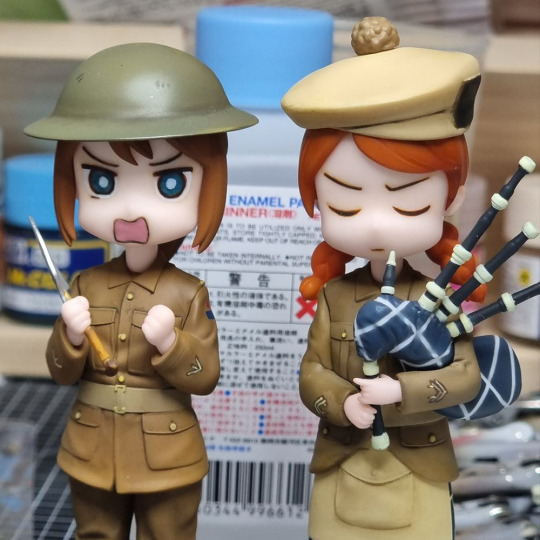



Garage kits made by @/ConTanuki and inspired by ANYAN's WW1 girls
#ANYAN#ConTanuki#Figures#I'll never get to use that tag again on this blog#Garage kit#anime figures#Britain#imperial germany
20 notes
·
View notes
Photo

Woodcut print by Fritz Lang, Germany, 1906
#woodcut printing#prints#frogs#amphibians#animals#1900s#imperial germany#20th century#europe#fritz lang#i wonder if this is by the same Fritz Lang of Metropolis fame#I think he would have been 16 at the time but he was in school for art in the 1900s#I guess I've seen more impressive art by 16 year olds but I'm 16 and this is a lot better than something I could make
97 notes
·
View notes
Text

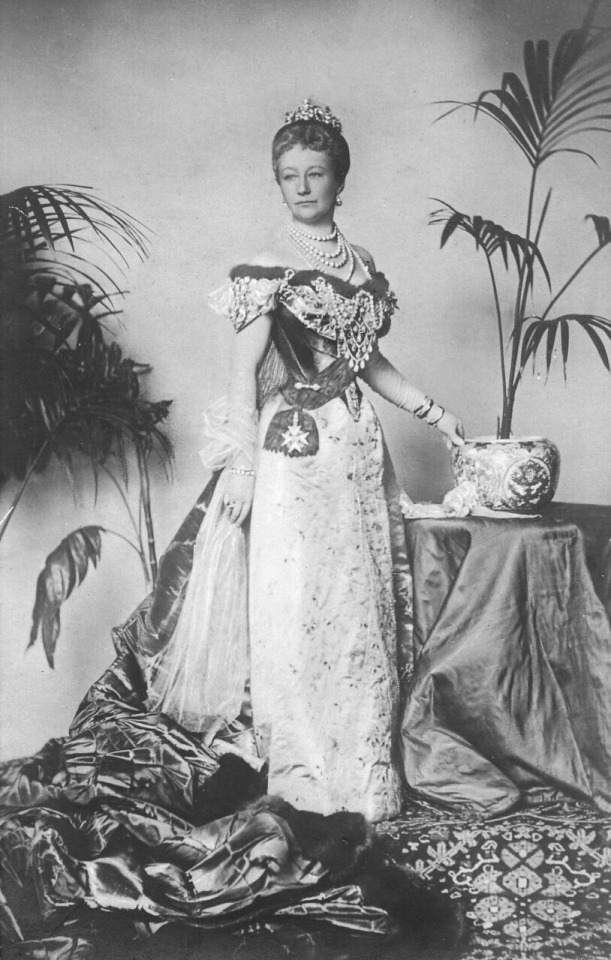
October 22 1858: The Birth of Kaiserin Augusta Victoria of Schleswig-Holstein
Augusta Victoria of Schleswig-Holstein was the eldest daughter of Frederick VIII, Duke of Schleswig-Holstein and Princess Adelheid of Hohenlohe-Lagenburg. Tragedy struck only a week after her birth when her elder brother died from illness. In 1860, her younger sister, Caroline Mathilda, was born. Who was regarded as prettier and a brighter personality than the chubby, serious, submissive Augusta Victoria. Soon Augusta’s mother would give birth to another boy, Gerhard, who died in infancy. Their next male heir and fifth child, Ernst Gunther, was a perfectly healthy baby boy. Augusta would have two other sisters, Louise Sophie in April 1866 and Feodora Adelaide in July 1874.
In her family, she was known affectionately as “Dona.” Augusta’s obedient nature was noted on early in her youth, even by her future mother-in-law Crown Princess Frederick. ‘It is strange how good some children are – and how little trouble they give,’ she wrote to her mother, Queen Victoria, when Augusta Victoria was nine years old. ‘Ada’s children are patterns of obedience, gentleness – the best of dispositions’. (1)
The thought of a match between Princess Augusta Victoria of Schleswig-Holstein and Prince Wilhelm of Prussia was contemplated ever since they were children, as noted by the prince (future Kaiser, ex-Kaiser) later in the future. But was never taken seriously until after the prince was rejected by Princess Elisabeth of Hesse and by Rhine. Perhaps, Wilhelm was seeking for a rebound in Dona and it was a success. As the couple married on the 27th of February 1881. The marriage has been regarded to be happy but not without struggle. As Wilhelm quickly grew bored at his new wife’s longing for a simple domestic lifestyle, having multiple affairs throughout the years. And in the beginning only saw Dona as a broodmare. It was only after an ear infection gone bad, where Augusta stayed by Wilhelm’s side throughout the duration of it did he start to see her in an adjusted light, but continued to be unfaithful to her.
She bore him seven children:
Wilhelm, German Crown Prince, Crown Prince of Prussia (1882-1951)
Prince Eitel Friedrich (1883-1942)
Prince Adalbert (1884-1948)
Prince August Wilhelm (1887-1949)
Prince Oskar (1888-1958)
Prince Joachim (1890-1920)
Princess Viktoria Louise of Prussia (1892-1980)
Her days as Empress, she was regarded by the court as a prudish, a stickler for rules who punished anyone for the simplest gesture she deemed to be “immoral.” She was deemed by many as unremarkable and plain with a gaudy and tacky sense of fashion. With Nicholas II remarking to his mother, the Dowager Empress. That she ‘did her best to be pleasant but looked awful in sumptuous gowns completely lacking in taste; in particular the hats she wore in the evening were frightful.’
Though as overbearing and a nuisance as she was in public life and a part of her private life, by some family members, such as Empress Frederick (with whom she had a very heated feud with and who Augusta enjoyed snubbing frequently) who wrote to her daughter, Sophie, she was characterized as: ‘very grand and stiff and cold and condescending at first, but became much nicer afterwards. Perhaps it was also partly shyness.’ and by her younger sister, Louise Sophie that when she was ‘not bowing to the will of her autocratic husband she was easy and indulgent’. “Her cousin Alice of Albany, who was sometimes mildly critical of her older relations, found her ‘most affable and kind’.”(1)
She was her husband’s biggest supporter throughout everything (for better and for worse) and was crushed when she was stripped of her titles as German Empress and Queen of Prussia after the war. Her health, which was already declining ever since the 1890s (causing her to miscarry twice) went down a rapid decline in the 1920s. And it had worsened when she had heard of the news of the death of her youngest son, Prince Joachim. She passed away on the 11th April 1921, in spite of her personal flaws, she was a beloved Empress by the German people and her popularity outshined her husband’s. Thousands lined up to see her off, where she would be buried at the Temple of Antiquities in the gardens near the New Palais in Postdam. Her husband, the ex Kaiser Wilhelm II was forbidden to cross into Germany to see his wife off for the final time.
Her room in Huis Doorn was soon turned into a shrine dedicated to the late Empress. With Wilhelm ordering for the room to regularly be cleaned with flowers and a cross draped over the bed. “Once a week, for the rest of his twenty years, he would retire there on his own, to go and mourn her memory.“ (1)
Wilhelm adhered to his late wife’s wishes for him to marry someone else when she was gone. When only a year later he would marry Princess Hermine of Reuss. He passed away in June of 1941, at age 82, 20 years after her passing.
Source : The Last German Empress
#monarchy#kaiser wilhelm ii#german empire#german monarchy#imperial germany#wilhelm ii#kaiserin augusta victoria#empress augusta victoria#royal birthdays#THIS TOOK ME AN HOUR😭#and her bday is about to end in 8 minutes#i was hella procrastinating lmao#happy birthday to Dona ig#german royalty#german royal family
25 notes
·
View notes
Text
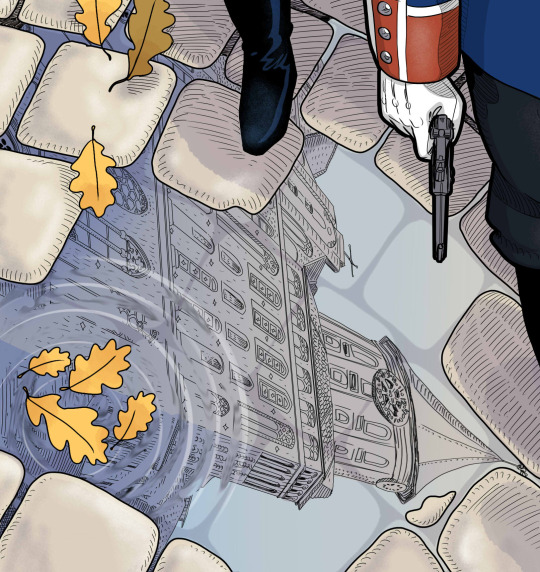

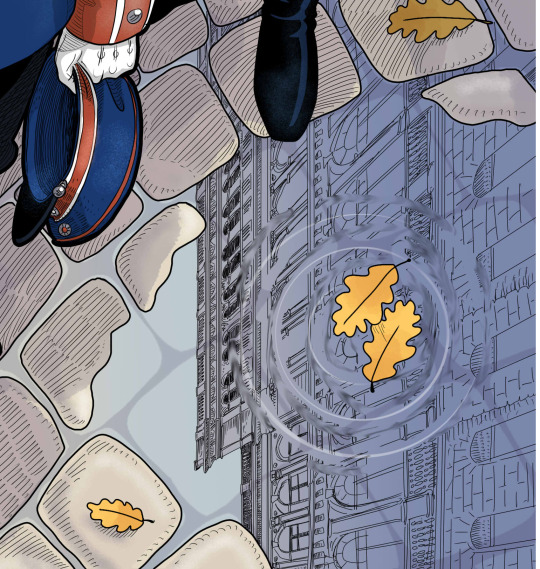

Kaiserzeit Prussian Cadets - Jackboots on Cobblestones, click click click.
Characters are from 'Moth', my upcoming graphic novel about Prussian Krieg Schul officers before wwi.
Top: Vincent Odinkirk
Left: Leon von Zelewski
Right: Gottlieb Witt
Bottom: Siegfried Isenstein
Vincent's Hawk is called Flosshild.
#my art#prequel#illustration#historical#concept art#cobblestones#puddles#kaiserreich#kaiserzeit#prussian blue#imperial germany#officers#military uniforms#autmn aesthetic#oak leaves#hawk#cadets
8 notes
·
View notes
Text

Three young German soldiers pose for studio shot, probably no later than 1915
21 notes
·
View notes
Text

Siegfried and Vincent approach the tree of life.
Concept Art/Illustration for a scene in Moth vol 2 WIP.
#moth#gothic#black and white#death's head hawk moth#baskerville text#two young men holding hands#imperial germany#wilhelmian#siegfried isentein#vincent odinkrik#artists on tumblr#my ocs
7 notes
·
View notes
Text
Flying circus (+others)- little dark age
#manfred von richthofen#kurt wolff#werner voss#ww1#ww1 pilots#ww1 Germany#imperial Germany#aviation#the red baron#I mean at this point Werner Voss is basically in the flying circus
5 notes
·
View notes
Text

guten tag
2 notes
·
View notes
Text

47 notes
·
View notes
Text
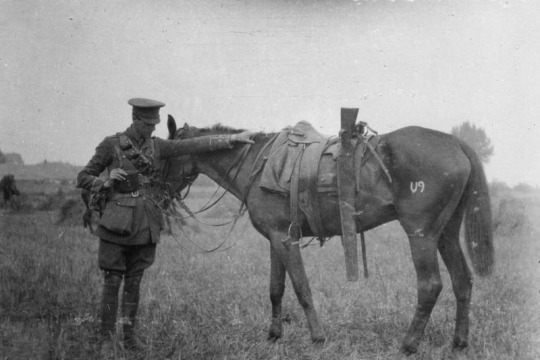
An officer with a Uhlan horse captured in the cavalry action at Néry, 1st September 1914. Image courtesy of the Imperial War Museum. IWM Q 51483
2 notes
·
View notes
Text
Finally got around to drawing a proper ref for a wwi machine, this tile Albi Thelen, an Albatros D.V!
Pre-WWII aerosaurs still looked more animalistic and were ridden similar to their draconic ancestors, but the extra speed and firepower came at a cost... they were more erratic and aggressive as well, and sometimes had a tendency to turn on their pilots.
#blazing skies#bs#living machines#anthro#alternate history#wwi#imperial germany#aerosaur#aeromorphs#aeromorph#living aircraft#albatros D.V#fighter plane#biplane
5 notes
·
View notes
Text
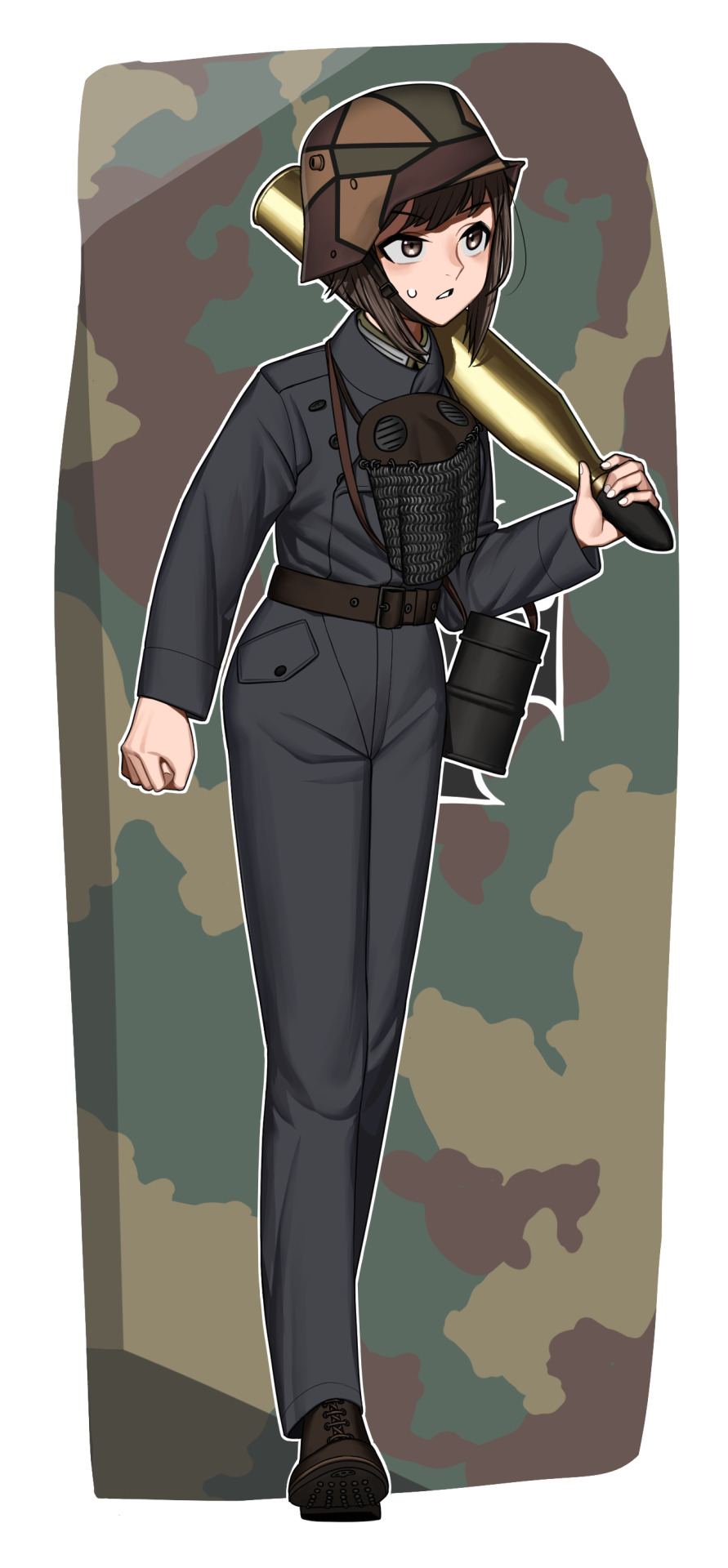
A7V tank crew
19 notes
·
View notes
Text

German T-Gewehr anti-tank rifle team of Infanterie-Regiment Nr. 124 of 27 Württemberg Infanterie-Division, France, late summer-autumn 1918. Accessioned as Q 44794 in the collections of the Imperial War Museum
#anti-tank rifle#t-gewehr#trench warfare#bray-sur-somme#world war 1#hundred days offensive#end of world war 1#deutsches kaiserreich#imperial germany#deutsches heer
1 note
·
View note